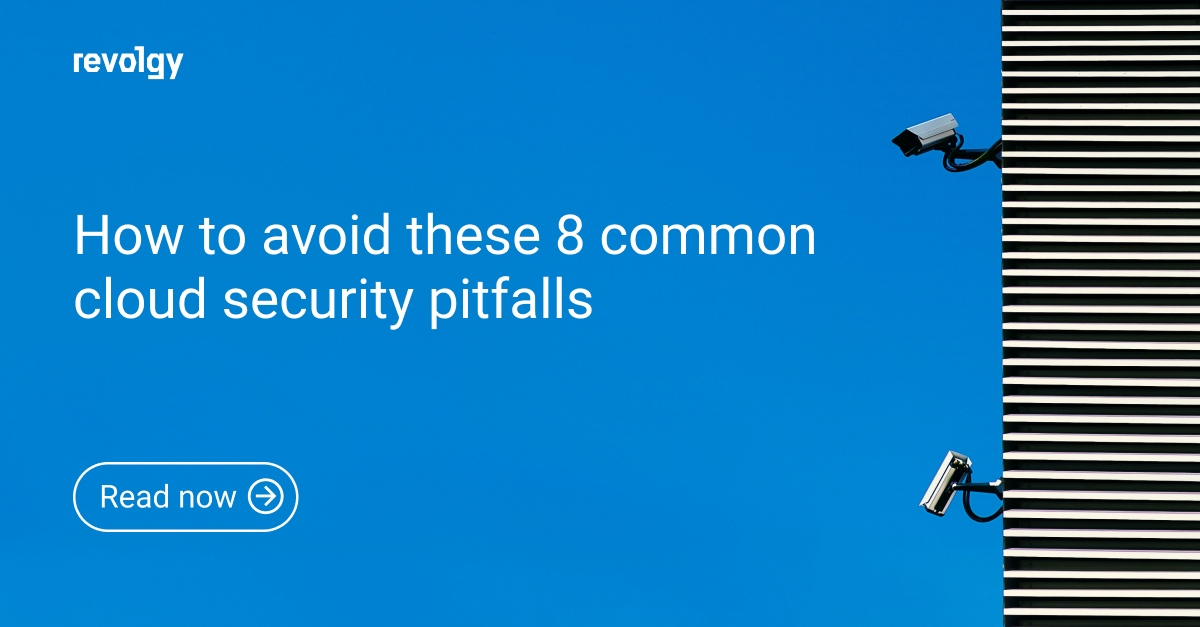Other industries
The dark side of AI: AI security
We’ve all seen the cool stuff AI can do, from self-driving cars to personalized recommendations on our favorite apps. But just like any powerful tool, AI can also be used for malicious purposes.
Let’s dive into the dark side of AI and explore the new security threats it brings.
Direct AI attacks
Gen AI-powered attacks target AI systems and models to disrupt their operation, manipulate output, or extract sensitive information. These attacks can take various forms, including:
- Poisoning: Adversaries can manipulate training data to introduce biases or vulnerabilities into AI models, causing them to produce incorrect or harmful results.
- Evasion attacks: Attackers can employ techniques to evade detection by AI security systems, such as camouflaging their malicious code or mimicking benign patterns.
- Model extraction: Hackers can attempt to steal or replicate valuable AI models, enabling them to replicate their capabilities or repurpose them for malicious purposes.
Read also: How to make your business AI-ready
Indirect AI attacks
Indirect AI attacks exploit the vulnerabilities of AI-enabled systems and applications to gain unauthorized access or cause damage. These attacks involve using AI to enhance traditional hacking techniques or create new attack methodologies. Examples include:
- Supply chain attacks: Attackers can compromise AI systems during development or deployment, enabling them to embed malicious code or inject vulnerabilities into downstream products or services (consider for example an AI-powered chatbot integrated into a compromised website, allowing attackers to steal user credentials).
- Social engineering attacks: AI-generated phishing emails or fake social media profiles can be used to trick users into revealing sensitive information or clicking on malicious links. Imagine a deepfake video of a CEO requesting financial information, prompting employees to transfer funds to cybercriminals unwittingly.
- Denial-of-Service (DoS) attacks: AI-powered bots can be used to overwhelm AI systems with massive volumes of requests, causing them to crash or become unresponsive. For instance, a swarm of AI-controlled bots could flood an AI-powered e-commerce platform, disrupting online sales and causing financial losses.
AI security in the cloud
Cloud computing has become a standard for IT infrastructure, and AI is increasingly being integrated into cloud-based services. As a result, AI security within the cloud has become a critical concern for organizations. Cloud providers like Google Cloud Platform (GCP) and Amazon Web Services (AWS) offer a range of security features to protect AI workloads, including:
- Data encryption and access controls: Cloud providers provide mechanisms for encrypting data at rest and in transit, as well as enforcing granular access controls to limit who can access sensitive data. For instance, GCP offers Cloud Identity and Access Management (IAM) to control access to cloud resources, while AWS provides Identity and Access Management (IAM) for similar purposes.
- Threat detection and prevention: Cloud-based security services can analyze network traffic, user behavior, and application logs to identify and block potential threats in real-time. For example, GCP offers a Cloud Security Command Center (Cloud SCC) to provide a centralized view of security threats and incidents. In contrast, AWS provides CloudWatch Logs and Amazon CloudTrail to collect and analyze logs from cloud resources.
- Vulnerability scanning and patching: Cloud providers offer tools for scanning cloud environments for vulnerabilities and applying security patches automatically. For instance, GCP provides a Cloud Security Scanner to scan for vulnerabilities in Google Cloud deployments, while AWS offers an Inspector to scan for vulnerabilities in Amazon Web Services (AWS) resources.
- Incident response and forensics: Cloud-based incident response capabilities can help organizations quickly contain and investigate security breaches. For example, GCP offers a Security Incident Response Team (SIRT) to assist with incident response, while AWS provides a Security Hub to centralize security findings and alerts from multiple AWS services.
AI is a powerful tool, but it also comes with risks. As we use AI to improve our lives, we must be mindful of the potential for misuse. Luckily, technology companies and cloud providers constantly develop new security solutions for emerging cyber threats.
We’ll help you discover the cloud right cloud solutions for securing your online environment. Contact us today to find out more about AI cybersecurity in the cloud.



